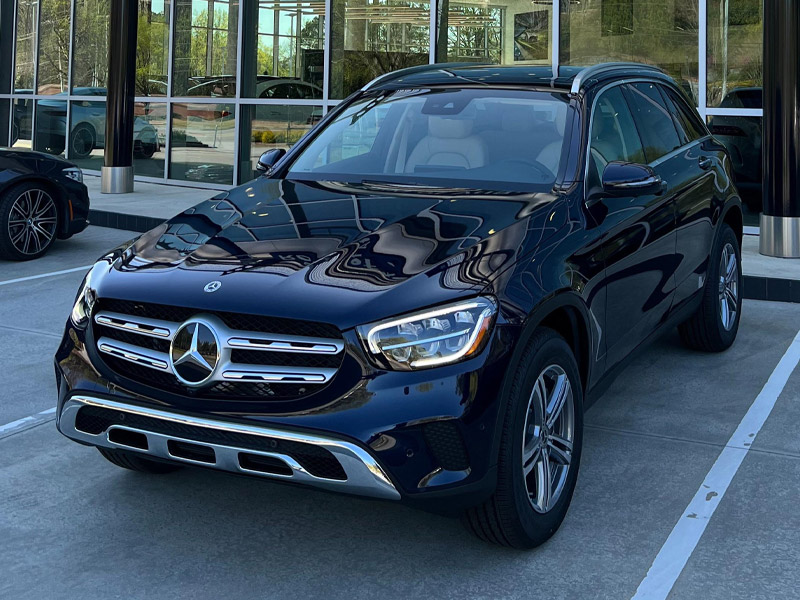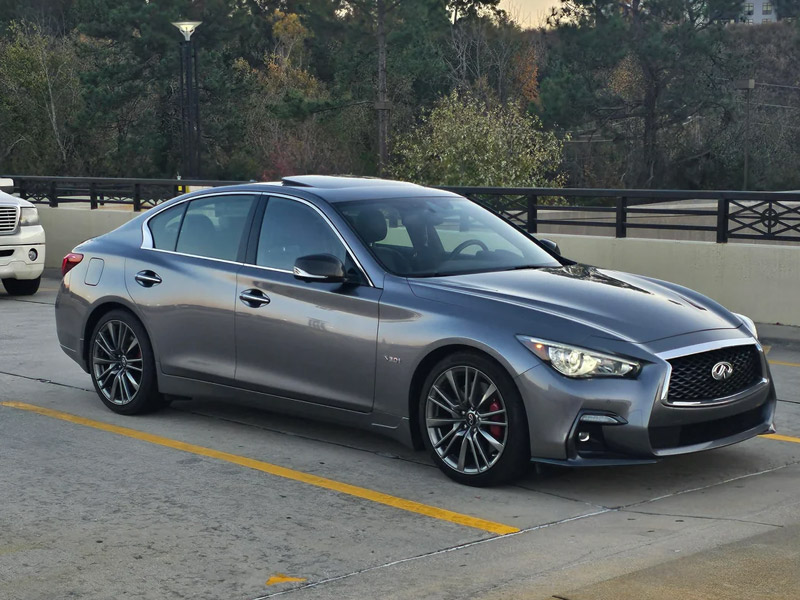
Mercedes-Benz is exploring a major strategic shift: sourcing BMW’s four-cylinder engines to power a new wave of its future cars.
Why the Change?
The luxury automaker is rethinking its internal combustion engine (ICE) approach, spurred by slower-than-expected EV adoption and stiff regulatory demands. Rather than rolling out costly in-house engine development, Mercedes is reportedly in advanced talks to use BMW’s proven 2.0-litre turbocharged engine across several models, including the GLA, GLB, CLA, C-Class, E-Class, GLC, and the forthcoming “Little G” SUV.
What’s Driving the Decision?
- Cost-efficiency: Partnering with BMW lets Mercedes avoid the R&D expenses tied to designing new engines.
- Regulatory compliance: BMW’s engine already meets the stringent Euro 7 emissions standards, streamlining Mercedes’s path forward.
- Hybrid-ready flexibility: The current 1.5-litre engine Mercedes uses—called M252—works well for mild hybrids but isn’t designed for plug-in hybrids or range-extender setups. BMW’s engine fills that gap.
What’s Next?
If the deal proceeds, Mercedes could unveil it before the end of 2025, with engine supply possibly beginning as early as 2027. Manufacturing could take place at BMW’s Austrian facility—and possibly a U.S.-based plant to navigate trade tariffs.
Why It Matters
This collaboration could be a game-changer for both brands. Mercedes gains quick access to compliant, hybrid-ready engines without breaking the bank; BMW gains production scale and revenue from selling powertrains to a historical rival. It’s a bold move that signals how automakers are adapting strategy in an era of transition.

